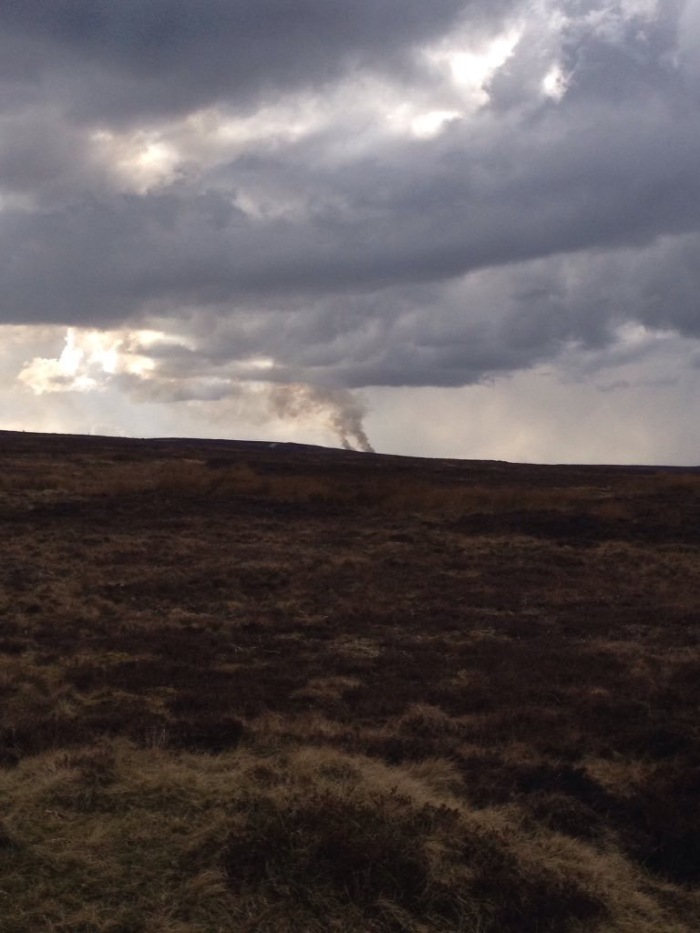Following Curlews away from their winter marshes you arrive in the uplands of England. Here scattered farms ride moorland waves on the North Pennines. Close enough for an easy drive but, far enough to be distant from regular birding outings; lacking the excitement of east coast wayward migrants.
This road, in the winter, takes me across this bleak man-made landscape to a more desolate spot of winter solitude. In spite of its vast scale, it is as managed as the grain fields of East Anglia that equally exert their pressure on wildlife seeking to live there. Fences, walls, cattle grids keep sheep corralled; drainage ditches and systematic burning of heather keeps nature in its place.
I am here to count waders, or I will be once I have got the habitat survey part out of the way; the BTO have sought volunteers to count waders across England’s upland farms. I am here specifically as I usually drive through here without a second thought. Two tetrads 150 fields, is my second thought. How hard can it be?
The first evening saw a fabulous sunset even though earlier they were still burning heather in the distance. It’s hard to believe even though we banned wheat-stubble burning years ago, this can still go on. I hear and see pipits displaying and wonder how they cope with this type of destruction.

My first visit also coincides with the arrival of 72 Golden Plover in three wide chevrons; they join others on the ground in a larger flock. It feels privileged to see them return. Snipe chip and drum above Lapwings, Curlew and Redshank. 24 Oystercatchers march across a heavily improved and grazed field, as green as my lawn. I never stop finding their presence here, inland, weird. Having grown up with them as coastal birds, finding my first nest on a walk to Blakeney Point, my brain still can’t cope with them in green fields.
Curlews glide on stiff wings calling as they mark their space. The land scared with roads, tracks and public paths grants me access to see into most of the fields on my list. Some of the public footpaths have gates secured by strong padlocks, climbing them provides visibility to the watcher and the watched. It feels both wrong and steels my resolve at the same time.
With ‘Farm Watch’ badges pinned to a number of gate posts I wonder how they will cope with me starting half an hour after sunrise as dogs bark their owners awake. I am not sure a letter of introduction from the BTO will wash when I say I am here to survey waders breeding in your fields. Oh, and while I am here I am also looking for examples of wildlife crimes. No not the string of moles on your barbed wire. No not the traps in cages that bridge ditches draining the moors. These are both legal; abhorrent, but legal. No I was thinking more about the ghosts of Hen Harriers across the moorland and Goshawk in the old growth conifer trees.
Perhaps though, I am being unfair as I have seen a Kite circling high, a pair of Buzzards lifting from a wood just out of tetrad and a Short-eared Owl diving on an unsuspecting vole.
On my second visit, you can’t do all the fields in one sitting, the showers began to bunch together protecting themselves against the gathering night. Hail bounced off the backs of Golden Plover hunkered down against this new assault. Earlier, a single gunshot sounded out of sight in the field neighbouring the one that held the unfortunate vole. A person drove back to the barn. A Skylark rode the wind and broke the silence.
